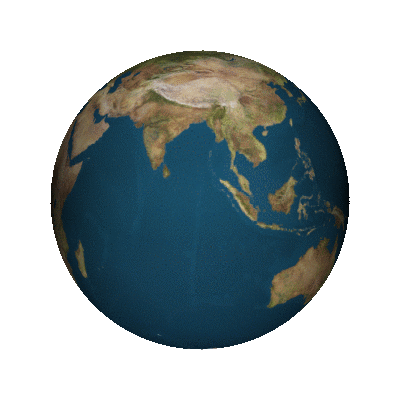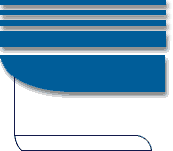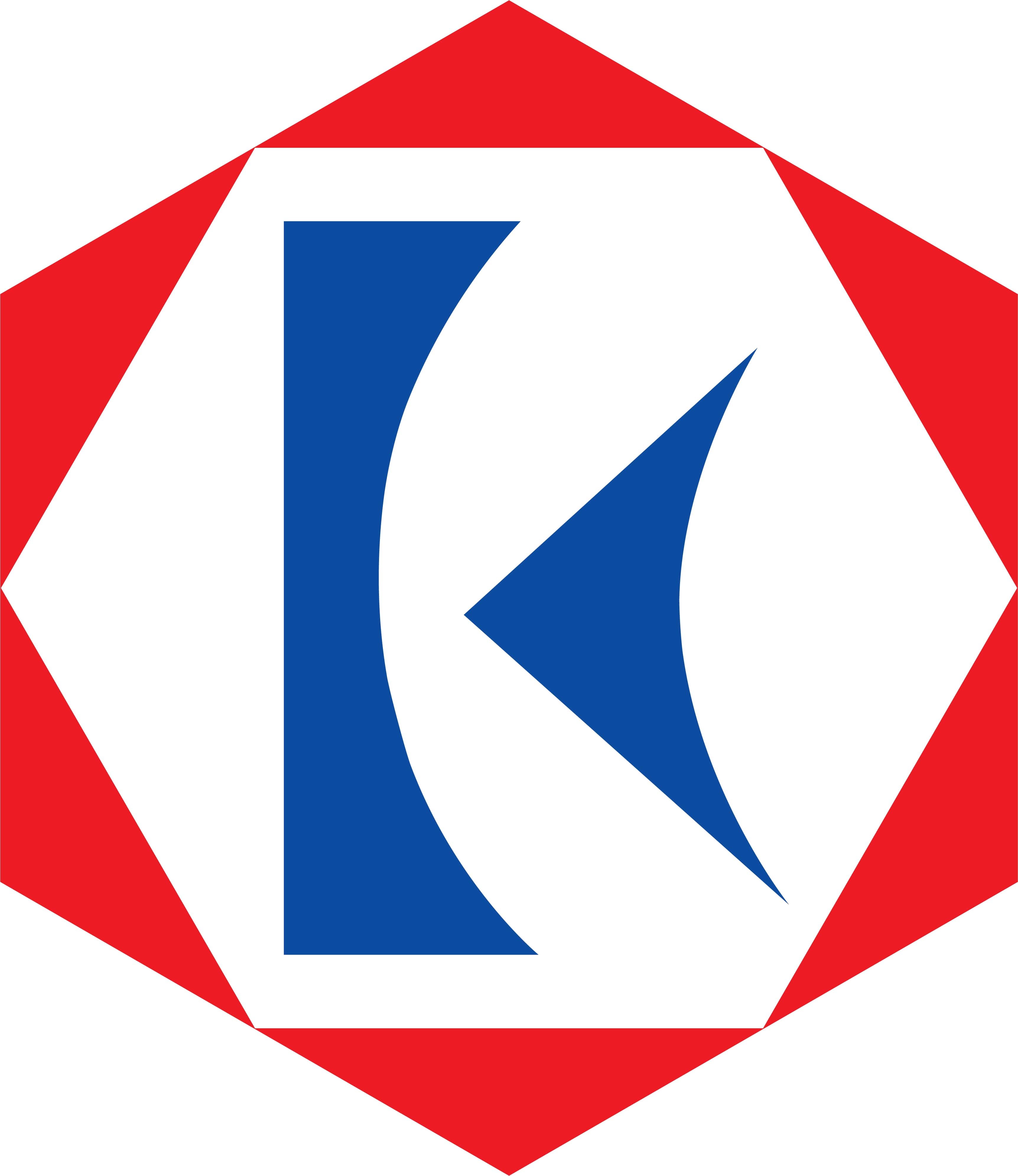Electroplating involves the deposition of a thin protective layer (usually metallic) onto a prepared surface of metal, using electrochemical processes. The process involves pre-treatment (cleaning, degreasing, and other preparation steps), plating, rinsing, passivating, and drying. The cleaning and pre-treatment stages involve a variety of solvents (often chlorinated hydrocarbons, whose use is discouraged) and surface stripping agents including caustic soda and a range of strong acids, depending on the metal surface to be plated. The use of halogenated hydrocarbons for degreasing is not necessary as water based systems are available. In the plating process, the object to be plated is usually used as the cathode in an electrolytic bath. There are three main types of plating solutions: are acid or alkaline solutions and may contain complexing agents such as cyanides.
Waste Characteristics
Any or all of the substances used in electroplating (such as acidic solutions, toxic metals, solvents, and cyanides) can be found in the wastewater, either via rinsing of the product or due to spillage and dumping of process baths. The solvents and vapours from hot plating baths result in elevated levels of volatile organic compounds (VOCs) and in some cases, volatile metal compounds (when may contain chromates). Approximately 30 percent of the solvents and degreasing agents used can be released as VOCs when baths are not regenerated.
The mixing of cyanide and acidic wastewaters can generate lethal hydrogen cyanide gas and this must be avoided. The overall wastewater stream is typically extremely variable (1 liter to 500 liters per square meter of
surface plated) but usually high in heavy metals (including cadmium, chrome, lead, copper, zinc, and nickel), cyanides, fluorides, and oil and grease, all of which are process dependent. Air emissions may contain toxic organics (such as trichloroethylene and trichloroethane).
Cleaning or changing of process tanks and the treatment of wastewaters can generate substantial quantities of wet sludges containing high levels of toxic organics and/or metals.
Pollution Prevention and Control
Plating involves different combinations of a wide variety of processes and there are many opportunities to improve upon the traditional practices in the industry. The following improvements should be implemented where possible:
Changes in Process
• Replace cadmium with high quality corrosion resistant zinc plating. Use cyanide-free systems for zinc plating where appropriate. In those cases where cadmium plating is necessary, use bright chloride, high alkaline baths or other alternatives. However, alternate complexing agents to cyanides may cause problems in wastewater treatment for they may result in the release of heavy metals.
• Use trivalent chrome instead of hexavalent chrome: acceptance of the change in finish needs to be promoted.
373 374 Electroplating Industry
• Give preference to water-based surface cleaning agents, where feasible, instead of organic cleaning agents, some of which are considered toxic.
• Regenerate acids and other process ingredients, whenever feasible.
Reduction in Drag-out and Wastage
• Minimize drag-out by effective draining of bath solutions from the plated part by measures such as making drain holes in bucket type pieces, if necessary.
• Allow dripping time of at least 10 to 20 seconds before rinsing.
• Use fog spraying of parts while dripping.
• Maintain the density, viscosity, and temperature of the baths to minimize dragouts.
• Place recovery tanks before the rinse tanks (which then provide make-up for the process tanks). The recovery tank provides for static rinsing with high dragout recovery.
Minimizing Water Consumption in Rinsing Systems
It is possible to design rinsing systems to achieve 50-99% reduction of traditional water usage. Testing is required to determine the optimum method for any specific process but proven approaches include:
• Agitation of rinse water or work pieces to increase rinsing efficiency.
• Multiple counter current rinses.
• Spray rinses (especially for barrel loads).
Management of Process Solutions
• Recycle process baths after concentration and filtration. Spent bath solutions should be sent for recovery and regeneration of plating chemicals, not discharged into wastewater treatment units.
• Recycle rinse waters (after filtration).
• Regularly analyze and regenerate process solutions to maximize useful life.
• Clean racks between baths to minimize contamination.
• Cover degreasing baths containing chlorinated solvents when not in operation to reduce losses. Spent solvents should be sent to solvent recyclers and the residue from solvent recovery properly managed (e.g., blending with fuel and burning in a combustion unit with proper controls for toxic metals). |


